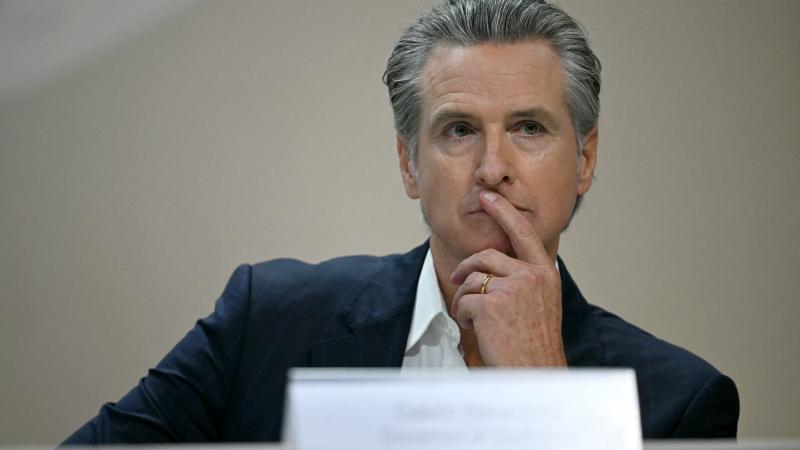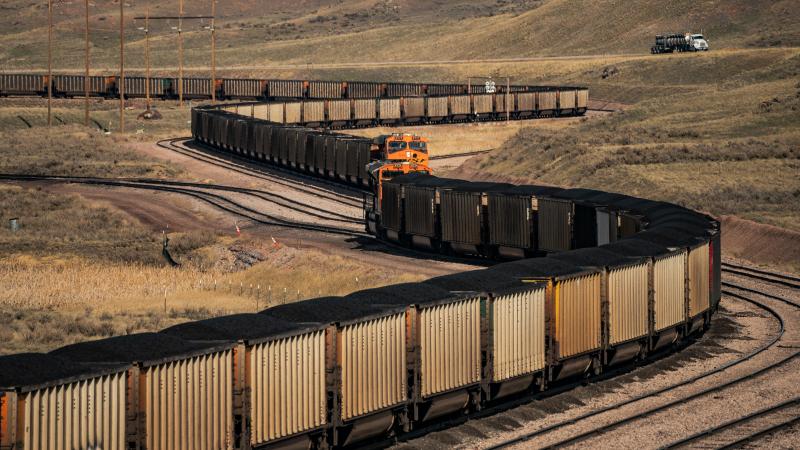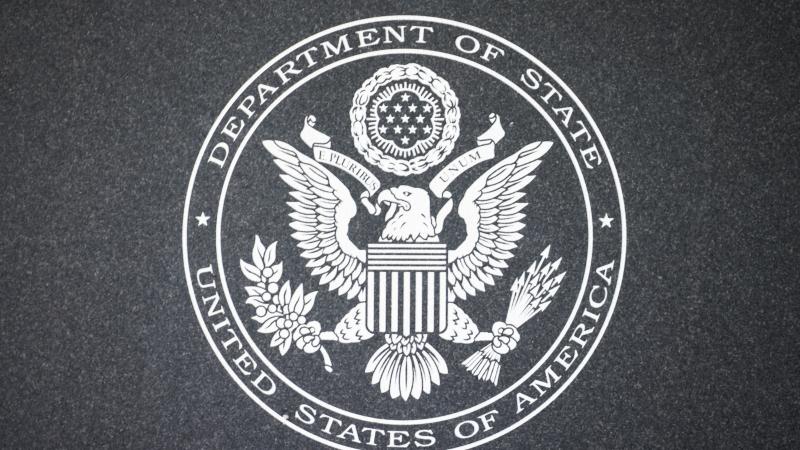Despite voluntary gains on methane reductions, EPA will impose yet more regulations on the industry
The EPA is expected to announce final methane emissions rules Saturday. Between 2018 and 2022, methane emissions in seven of the nation’s primary oil and gas producing regions saw declines ranging from 18% to 77%, and a lot of it was from voluntary programs. Experts say it’s hard to predict what the impacts of the final EPA rules will be, and they are expected to be thousands of pages long.
Despite efforts on the part of the oil and gas industry to reduce methane emissions — many of them voluntary — the EPA Saturday is expected to release its final rules that place further requirements on the industry.
While the stated goal of the effort is to reduce emissions from a potent greenhouse gas, industry experts say the EPA’s rules are actually aimed at the elimination of fossil fuels.
Tom Shepstone, who ran Natural Gas Now for years before moving his work to Energy Security and Freedom on Substack, told Just The News that there’s nothing wrong with finding ways to reduce emissions.
“I think we make a big mistake when we don't recognize that the EPA, the Biden administration, and environmental groups, generally speaking — not all of them but a lot of them — are really about trying to get rid of fossil fuels,” Shepstone said.
The American Petroleum Institute (API) has expressed its support for methane regulations, but API Vice President of Policy, Economics and Regulatory Affairs Frank Macchiarola said in a statement that, “we’re concerned the proposed rule as drafted could create barriers to innovation and hamper U.S. energy production, which could lead to higher energy costs."
The API, along with the Independent Petroleum Association of America (IPAA) and the American Exploration and Production Council, submitted comments to the EPA in October warning that the proposed methane emissions rules would “create a potentially significant financial impact” on the industry.
Since the rules would impose fees on companies based on reported methane emissions, the groups argued for methods that produce more accurate counts. The EPA’s draft rules establish a program where those counts would include reports from third-party monitors on emissions from equipment malfunctions and accidents.
Community monitors are supposed to have qualifications, but the rules don’t state what those qualifications would be. In the groups’ comments, they detailed a number of issues with the proposed rules.
According to the EPA, methane is 28 times as potent as carbon dioxide at trapping heat in the atmosphere, but it has a very short lifespan of 7 to 12 years, whereas carbon dioxide can last for a century or more. The impact of reductions, therefore, are realized much sooner than reduction carbon dioxide emissions.
This is why the industry has engaged in voluntary efforts to reduce methane emissions. In 2017, the API launched the Environmental Partnership. Companies sign on to adopt performance programs, share best practices and new technology, and promote collaboration. According to the API, about 70% of onshore natural gas and oil production is from companies enrolled in the program.
Even before companies began working independently to reduce methane emissions, total methane emissions in the United states were in decline. Oil and natural gas production, with some ups and downs, has reached record levels this year, but methane emissions have consistently declined since the 1990s.
Based on the EPA’s Greenhouse Gas Reporting Program data, "Energy In Depth," a project of the IPAA, calculates the methane emissions in seven of the nation’s primary oil and gas producing regions saw declines ranging from 18% to 77% between 2018 and 2022.
It hasn’t been enough for the Biden administration. The EPA announced last year at the COP27 climate summit in Egypt that it would be proposing even more standards upon the industry. EPA Administrator Michael Regan is expected to announce the final rules at this year’s COP28 in Dubai, United Arab Emirates, tomorrow.
“I think the API has made a mistake in trying to be nice to the Biden administration. As a result, the industry has really kind of fallen into their hands. We run around and do everything, and we get zero credit for it. We get penalized for it,” Shepstone said.
Should the EPA final rules impose a significant financial impact on natural gas operations, that could mean decreased production, which runs counter to the stated efforts of climate activists.
Natural gas has been instrumental in lowering the nation’s carbon emissions, because it allows electricity producers to move away from coal-fired power generation, which produces more carbon dioxide emissions.
In the U.S., carbon dioxide emissions topped out at 6 billion metric tons per year in 2004 through 2007, according to the Energy Policy Research Foundation. They’ve declined since then. While wind and solar contributed to that decline, according to the U.S. Energy Information Administration, the bulk of the reduction was a result of the switch from coal to natural gas.
These facts have led others to question the motivations of the EPA and climate activists, who don’t seem to acknowledge these improvements coming from the fossil fuel industry. Tim Stewart, president of the U.S. Oil and Gas Association, told Just The News that there’s a religious fervor to the anti-fossil fuel movement.
“Big Green is a multi-billion enterprise now, and it is an industry in and of itself. But there is no intrinsic value to what it produces. Big Green has morphed into a religious dogma that requires adherents and non-believers alike to make big sacrifices in promise of something tangible in the future. It requires faith,” Stewart said.
As the renewable energy industry continues to run into financial troubles despite massive amounts of support, fossil fuel opponents, Stewart said, are having that faith challenged. “With no replacements [for fossil fuels] on the horizon, they have to admit they are either wrong or have been intentionally deceiving the public for decades just like Big Tobacco did. Ironically Big Green is far more like Big Tobacco than Big Oil,” Stewart added.
Shepstone also believes that the money in the green energy industry is driving the momentum to keep piling on more and more regulations upon fossil fuel companies.
“This whole climate thing is really a crock,” Shepstone said. “That doesn't mean there isn't some truth to it. But it's greatly exaggerated, because there's trillions of dollars of grift available from it. And that's what it's all about. It's grifting. Grifting for power, grifting for money.”
Ryan McConnaughey, spokesperson for the Petroleum Association of Wyoming, told Just The News that it’s hard to predict what the impacts of the final EPA rules will be. They’re expected to be thousands of pages long, and will take a while for anyone to fully analyze.
He said the IPAA estimates, based on the draft rules, that hundreds of thousands of low-producing oil wells will have to be shut down. “When you look at the makeup of Wyoming's industry, I think that could have a devastating impact on Wyoming small producers,” McConnaughey said.
President Joe Biden has made no secret that his overarching goal is the elimination of fossil fuels.
It’s a goal that many experts have argued ignores reality. The topic of increasing regulatory burden falling upon the U.S. oil and gas industry while the nation is leading the world in emissions reductions was the subject of a House Energy & Commerce subcommittee hearing Wednesday.
Mark Mills, senior fellow of the Manhattan Institute testified on the progress of the energy transition so far. Today, Mills said, oil and gas, which he refers to as hydrocarbons, supply 82% of global energy.
“The past two decades of seeing over $5 trillion of spending globally on wind and solar and similar efforts to avoid hydrocarbons. And this did reduce hydrocarbons share of energy, but just by two percentage points,” Mills said. Wind and solar, he said, only make up 4% of the world's energy production.
The Facts Inside Our Reporter's Notebook
Links
- reduce emissions from a potent greenhouse gas
- EPA's rules
- Natural Gas Now
- Energy Security and Freedom
- American Petroleum Institute
- expressed its support
- Independent Petroleum Association of America
- American Exploration and Production Council
- submitted comments to the EPA in October
- 28 times as potent as carbon dioxide
- very short lifespan of 7 to 12 years
- Environmental Partnership
- 70% of onshore natural gas and oil production
- Oil
- natural gas production
- methane emissions have consistently declined
- declines ranging from 18% to 77%
- proposing even more standards upon the industry
- Natural gas has been instrumental in lowering the nation's carbon emissions
- emissions plateaued at 6 billion metric tons per year
- Energy Policy Research Foundation
- according to the U.S. Energy Information Administration
- U.S. Oil and Gas Association
- renewable energy industry continues to run into financial troubles
- Petroleum Association of Wyoming
- overarching goal is the elimination of fossil fuels
- subcommittee hearing Wednesday















